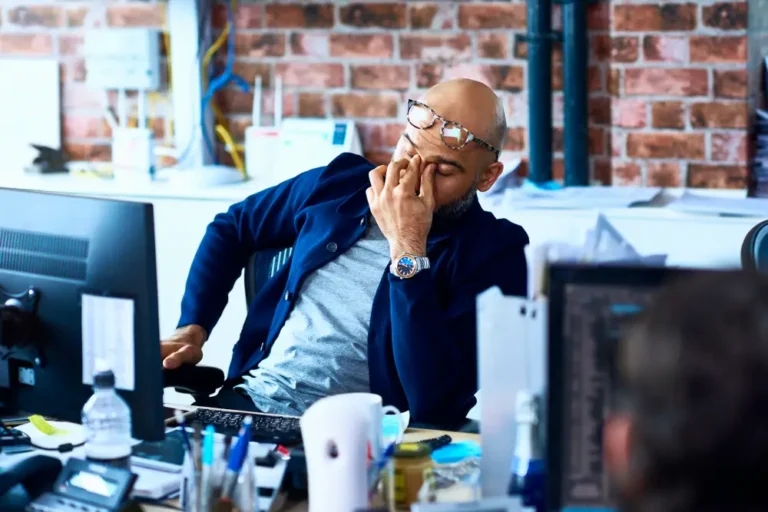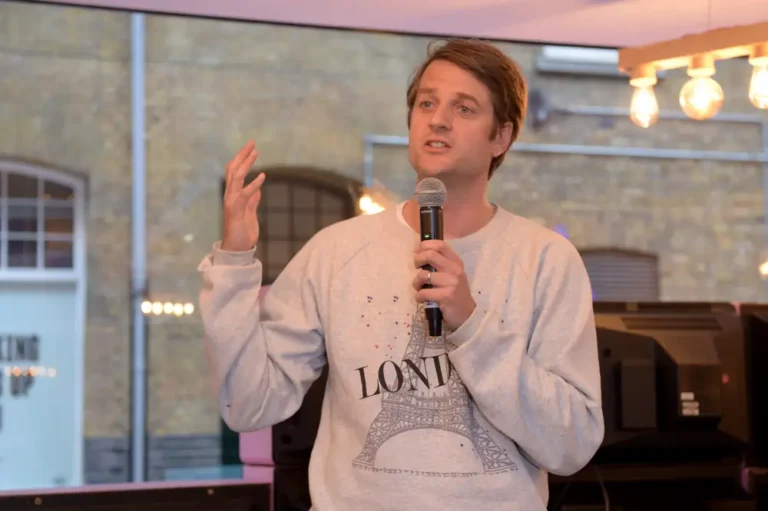How Blackstone made 18,000 workers owners of their HVAC company
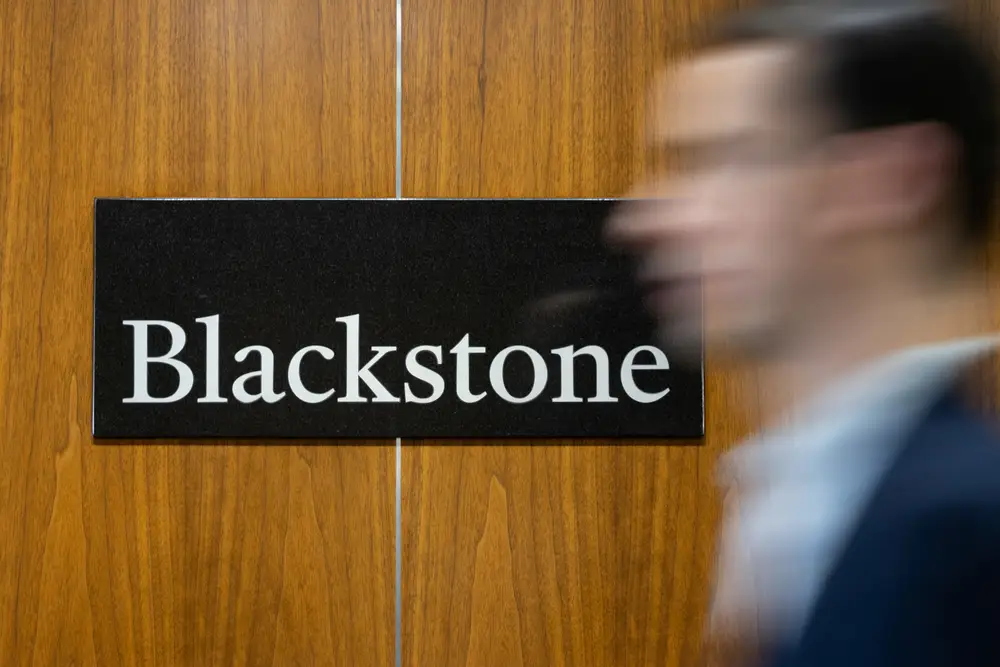
Signage is seen at the Blackstone Group headquarters in New York City, U.S.
The private-equity industry is famous for taking control of companies to maximize returns for investors. But when a firm exits a deal, employees are often left with nothing but a new owner.
The newest rage in private equity seeks to flip that model on its head by offering employees equity on top of their regular salaries. By giving employees a share of potential profits, the thinking goes, everyone is incentivized to meet the goals required to sell the company or take it public through an IPO, which could lead to a larger return faster.
But how do these programs work? Which employees stand to gain? How much money might they make? Blackstone discussed these and other questions at a September event at its New York City headquarters, and B-17 was on hand to take notes.
The topic of discussion was an employee-ownership program Blackstone recently rolled out at Copeland, one of the largest manufacturers of compressors used in heating and cooling applications like HVAC and refrigeration. Copeland’s CEO said that the program, which doled out stock to some 18,000 employees, is the largest yet for any private-equity-owned company and that it has already helped to boost employees’ engagement.
Here’s a look at Blackstone’s employee-ownership program at Copeland, including how it works and why employee ownership is spreading like wildfire at private-equity-owned companies.
The rollout
Blackstone acquired Copeland in May 2023 in a deal that valued it at $14 billion. Copeland had previously been a unit of publicly traded Emerson Climate Technology but was spun out as part of the sale to Blackstone.
In May 2024, Blackstone rolled out an employee-ownership program to Copeland’s 18,000 employees — the first of a larger initiative to start offering stock to employees of any new US-based company controls, according to a Blackstone memo to investors obtained by B-17.
Speaking at a careers event at Blackstone’s headquarters in September, Copeland CEO Ross Shuster said he believes the HVAC company’s employee-ownership program is the largest yet at any single company owned by a private-equity firm.
“It’s not only 18,000 employees, but they reside in 43 different countries,” Shuster said. “So as we were looking at deploying this, we were stewarding the team, talking to unions and works councils, and making sure we didn’t inadvertently trigger a tax consequence for someone with a grant.”

Copeland workers are told about the employee ownership plan in their cafeteria.
Inside the plan
The biggest challenge, Shuster said, was making sure that all 18,000 employees understood the model.
To do that, Copeland shut down all of its plants one day so that every employee could watch a roughly half-hour video explaining the program, dubbed in eight languages, followed by additional communications to employees.
Copeland’s employees learned that they stand to receive a cash bonus payment or stock grant from the company when Blackstone sells the company or brings it public — as long as they’re still employed at the firm.
The size of any individual employee’s stake will depend on several factors, including their rank, their tenure at the company, and most importantly, the overall success of the deal.
Success in private equity is often evaluated by how much money a deal generates compared to the initial investment. The higher the multiple on invested capital, the higher the payout.
The video, Shuster said, explained how to value a company and technical concepts like EBITDA, valuation, and cash flow.
It also spoke to employees about how they, personally, might play a role in generating a bigger return.
“How do you impact those things if you’re in procurement? How do you impact cost and cashflow through contractual terms,” Shuster said. “If you’re on the production floor, how do you have an impact on customer satisfaction and productivity.”
Copeland’s Chief Human Resources Officer Stuart Dalgleish said that after the rollout, 56% of the firm’s employees said they understood the program — a number that Shuster said was “as expected for a program of this nature,” and that they are focused on increasing it over time.
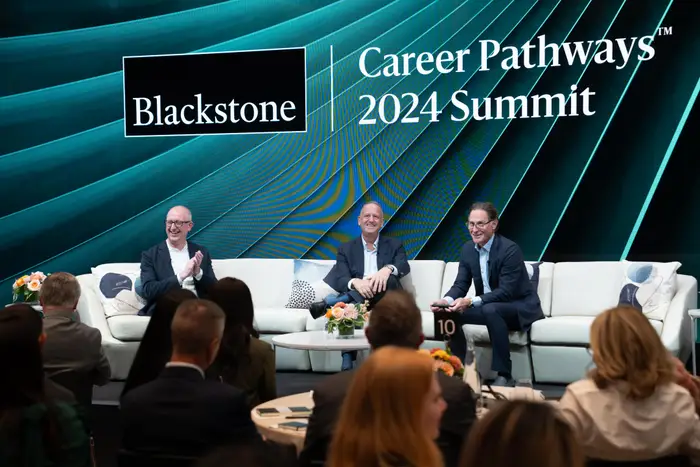
Stuart Dalgleish, CHRO of Copeland, Ross Shuster, CEO of Copeland, and Joe Baratta, global head of private equity for Blackstone at the 2024 Career Pathways Summit.
Early signs of success
Despite the program’s recent launch, Copeland is already seeing results. The company’s employee engagement results went from the 25th percentile at the time Copeland was carved out from Emerson Electric to the 90th percentile in the span of a year, which Dalgleish said is “an incredibly rare feat to which this program contributed.”
Speaking at the Blackstone event in Manhattan, Shuster said that a supervisor told him that the program had completely changed his conversations with direct reports.
The supervisor said conversations are now more of “an open discussion.” He went on to explain: “These are the great things we’re doing in the business to make a better company, and we’re all going to win from this. These are the things that aren’t going so well, and we’ve got to improve on.”
“The discussion is different when you’re talking to individuals who don’t have a financial stake,” Shuster added.
Employees are also starting to ask more financial questions, Shuster said.
“I got questions at the level that I would expect to get from the board coming from production,” Shuster said. “That’s the culture you want to build.”
Why now?
This wasn’t Blackstone’s first employee-ownership deal. The firm has implemented employee ownership at Ancestry.com and theme-park operator Merlin Entertainment, among others. The 2005 Merlin Entertainment initiative created 2,000 employee-owners when Blackstone took the company public in 2012, a number that’s since grown to 5,000.
But Joe Baratta, global head of private equity at Blackstone, said the time had come to be much more “intentional and systematic” across the private-equity group’s operations.
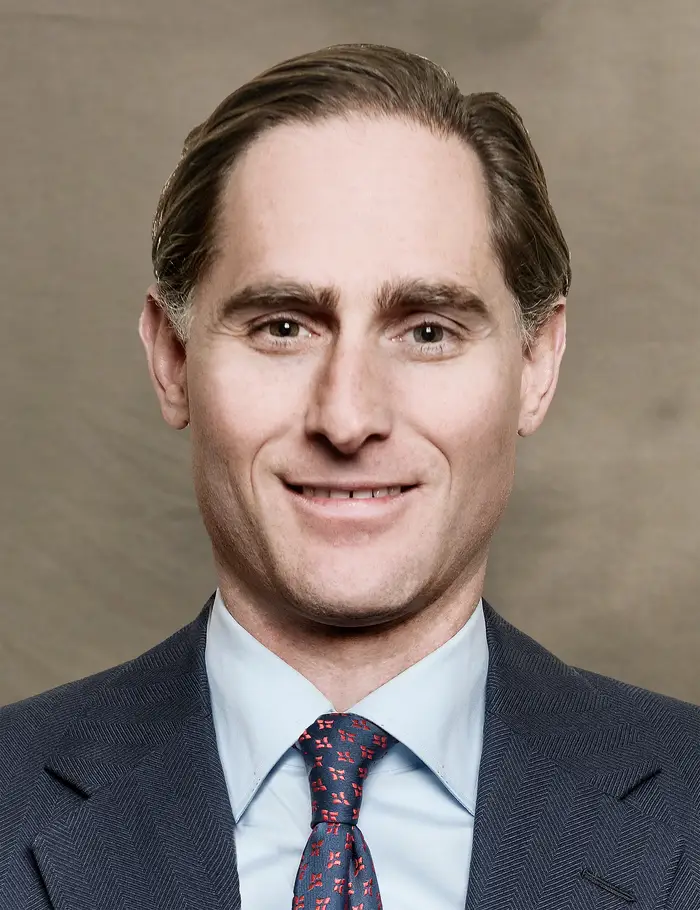
Joe Baratta, global head of private equity at Blackstone
Across the industry, high interest rates have squeezed returns and exit opportunities. As a result, firms have been searching for novel ways to create more value by drilling down on company operations.
Employee ownership offers yet another way to create value by aligning investors, employees, and the portfolio company.
“This is the right thing to do for our 18,000 colleagues, but it is also an investment for business,” Copeland’s Shuster said. “And with any investment, there is also an expected return on that investment.”
Blackstone’s current initiative, which grew out of a talent development and employee engagement program called Career Pathways, comes amid an industry-wide push led by KKR.
KKR drastically expanded its employee-ownership program after seeing outsized returns at garage-door manufacturer CHI Overhead Doors in 2015. The firm has since awarded billions of dollars of equity to over 120,000 nonsenior management employees across more than 55 portfolio companies.
KKR’s global cohead of private equity, Pete Stavros, also helped found the nonprofit Organizing Works to encourage the adoption of this model across the private equity industry and beyond.
The payouts
Blackstone didn’t specify the size of the stakes granted to Copeland’s employees, but payouts have been substantial in some well-publicized deals at other firms.
When KKR launched its employee-ownership program at CHI, the firm told employees that if KKR hit its goals, employees could earn about a year’s salary, KKR’s Stavros recently told NPR’s “Ted Radio Hour.”
The CHI deal eventually led to a return of 10 times the firm’s initial investment, one of KKR’s best-performing deals of all time, resulting in average payouts of $175,000 for “frontline” factory workers. The longest-tenured employees ended up with much more, or six and a half times their annual income.
“We had factory floor workers make half a million dollars,” Stavros said. “Some truck drivers made $800,000.”
One factory worker, Josh Ryan, told NPR that he was able to start college funds for all four of his children, renovate his family’s house, and pay down some of his mortgage.
KKR’s September sale of GeoStabilization International to Leonard Green & Partners led to a five times return on investment, resulting in a $75 million equity payout being shared among the company’s non-management employees. The company’s longest-tenured hourly employees will receive at least $325,000 in cash payouts when the deal is finalized.
Such payouts may prove the exception, however. The amount any one employee might receive is determined by far more than the size of the return, including how much equity is put aside for workers and the number of employees splitting that money.
A KKR spokesperson told B-17 that payouts across their portfolio so far have averaged about a year’s worth of pay, with more tenured employees earning more than that. When setting up an employee-ownership plan, the firm typically aims for payouts equal to nine months’ salary with a minimum goal of six-months’ worth of pay.
Copeland executives are hopeful that its program will have a major impact on the firm’s 18,000 employees.
“I really want to get to a point where, through the benefits of the program, people can maybe put their kids through school, or they might put a deposit on a house purchase,” Dalgleish said.

